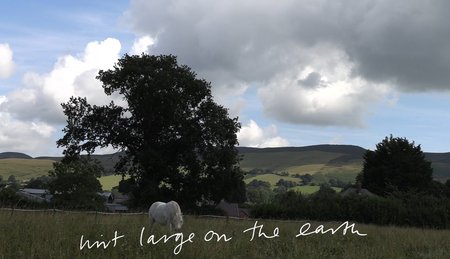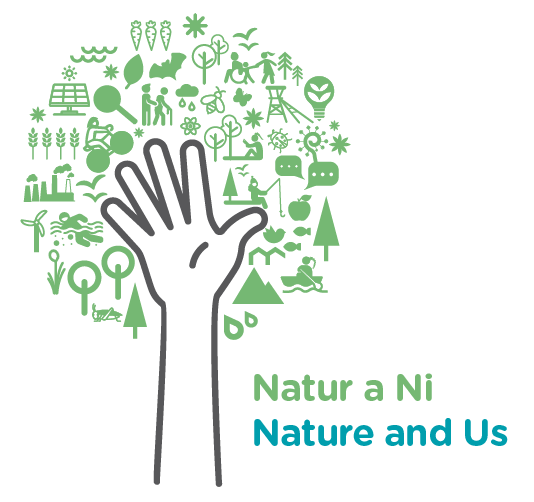Lal Davies

Lal Davies is a film-maker, photographer and poet. Her film genres are first-person narrative and short documentary, in social justice, education arts and heritage contexts. She’s worked with individuals and communities, in Wales and beyond since 2001 with people whose stories may be under-represented, misheard or marginalised in some way. In her own practice, Lal pursues film photography and poetry, as distinct disciplines and at the blurred edges of where they meet.
What she learnt
Lal focused her residency on ‘The Empress’ a mature oak in the field opposite her house. She used the varying perspectives of the community around this tree as a way of exploring relationship with nature and post-colonial narratives. Through this, Lal considered the world outside her home during the lockdown. Her focus was the solitary tree in the field outside her house. She considered its relationship to its surroundings and the way it stood sentinel over the surrounding landscape. The refection was to invert her perfective to look out at the world from the perspective of the tree.
In doing this, she worked with a community garden situated near the tree to develop creative filming sessions and facilitated a school visit to the tree to talk about the children perspective on the landscape. All of this was documented in three short, interconnected films.
Lal considers how her mixed heritage changes the way she views, and is viewed, in the landscape. Reflecting on the nature of landscape and whether her south Indian heritage is more visible due to the colonial ideologies of conformity. She refences:
“Etymologically speaking, landscape is an expanse of the perceived environment: a scene, a region, surroundings as viewed by the observer. This gives landscape unique standing in the environmental experience because landscape cannot be considered alone. It is, in effect, defined by and in relation to human perception. Landscape is a relationship.”[1]
During the gathering period, she reflects on the journey of her ancestors, and the role that colonialism took in displace them from their homes and still has on the relationship she has to the land around her today. She celebrates victories of returning the land to mor traditional use and hearing the voices of the local children as they reponed to it. In the voice of a local community gardener:
“I have looked at this as how things were when we were children growing up around the village and how it is now. So as children, fields around the village were generally grass for cows and sheep to feed on and now they are far more occupied by maize which grows quite tall”.
The children that Lal worked with are very aware threat that climate change would affect their lives in the future and were concerned what it would mean for the community and natural spaces around them.
[1] Arnold Berleant
What we can learn from this
Points of reference in communities are not always their buildings, they can also be the trees and the plants. Seeing trees as being part of a community rather than a decorative feature offers a way to reimagine rural and urban spaces, focusing on the ‘elder’ tree as a being that exercises deep time and can help link us to our past and our future. Celebrating them as individuals lets us think about how they have interacted with our ancestors, and how that has shaped them. Documenting the stories of our trees could help connect people to their natural environment and act more positively towards nature.

